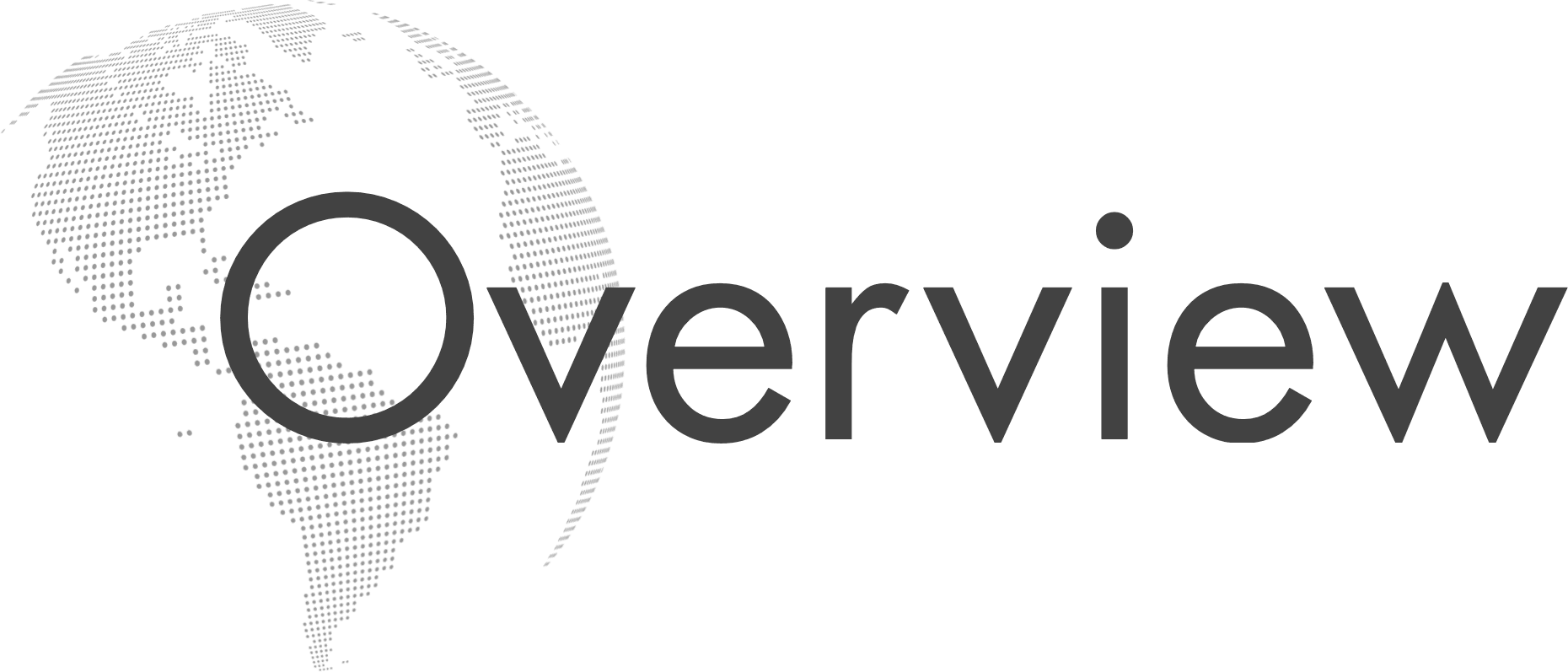BANGKOK — Deputy Prime Minister and Finance Minister Pichai Chunhavajira unveiled Thailand’s negotiating framework and measures to deal with the impact of Trump-era tariffs.
He said on July 14 that Thai government is pushing ahead with negotiations with the United States on retaliatory tariffs to achieve sustainable mutual benefits. He also outlined three key negotiating strategies and announced a 200 billion baht package of soft loans through state-owned banks to support Thailand’s private sector.
Mr Pichai acknowledged that there is still a lack of clarity after more than 100 days of negotiations with the US. The talks are based on a unilateral proposal from the US, as opposed to the usual format of a free trade agreement (FTA), which involves reciprocal concessions. Nevertheless, Thailand is still keen to reconcile mutual interests and long-term sustainability.
Thailand is now preparing to expand the list of products to be negotiated, with the aim of reducing tariffs to 0% on goods that the country cannot produce or cannot produce in sufficient quantities. The safeguard measures for agriculture will be maintained.
“The new proposal that Thailand has put forward opens its market to 63–64% of US goods, and we are increasing that to 69%,” Pichai said. “We are opening up to certain products that we have not opened up before.”
Three Core Strategies to Address U.S. Tariffs
Pichai outlined three key principles guiding Thailand’s negotiation team:
1. Proactive Market Access:
Thailand is willing to expand market access for goods that the US wants to sell and that Thailand needs to import. This includes products that Thailand cannot produce itself or does not have in sufficient quantities.
Thailand has proposed to reduce tariffs on such imports to zero without undermining existing free trade agreements with other countries, while protecting its agricultural sector.
The new proposal includes products such as longan and tilapia, as requested by the US. The automotive sector is still under review as left-hand drive cars from the US are not allowed to enter the Thai market.
2. Promoting Thai Investment in the U.S.:
Thailand will encourage more Thai investment in the US, especially in processed agriculture and goods that Thailand imports from the US, as well as in the energy sector. Given the large energy reserves in the US, natural gas prices there are significantly lower than world market prices.
3. Preventing Transshipment Abuse:
The US wants Thailand to increase the local content requirement from 40% to 60–70% to prevent the abuse of transshipment. Thailand needs to carefully consider how such a change would affect production costs.
Mr Pichai noted that while the outcome of the negotiations is uncertain, Thailand is doing its best to propose win-win solutions. An increase in Thai imports from the US and investment in the US will also help reduce the trade deficit that worries Washington.
200-Billion-Baht Soft Loan to Support Thai Businesses
As an urgent measure to support companies affected by the US tariffs, Pichai announced a 200 billion baht ($6.15 billion) package for low-interest loans through state-owned banks.
The interest rate will be as low as 0.01% and the funds can be used to support liquidity, investment or inventory management. The government is also planning further relief measures and will allow each industry to propose the specific support it needs to design targeted assistance programmes.
Slow, But Holds Strategic Advantage – Tariff Talks Must Consider Geopolitics
Pichai acknowledged that Thailand may have moved more slowly than other countries, but said this gave the country a strategic advantage as it could observe other nations’ approaches first and adjust its own plans accordingly. He emphasised that tariff negotiations go beyond trade, they are inherently linked to international politics and geopolitical strategy.
He pointed out that the US could use new forms of trade protectionism as part of its broader geopolitical manoeuvres. He also urged ASEAN to take a serious look at the concept of local content to maintain competitiveness in an ever-changing global trading environment.

